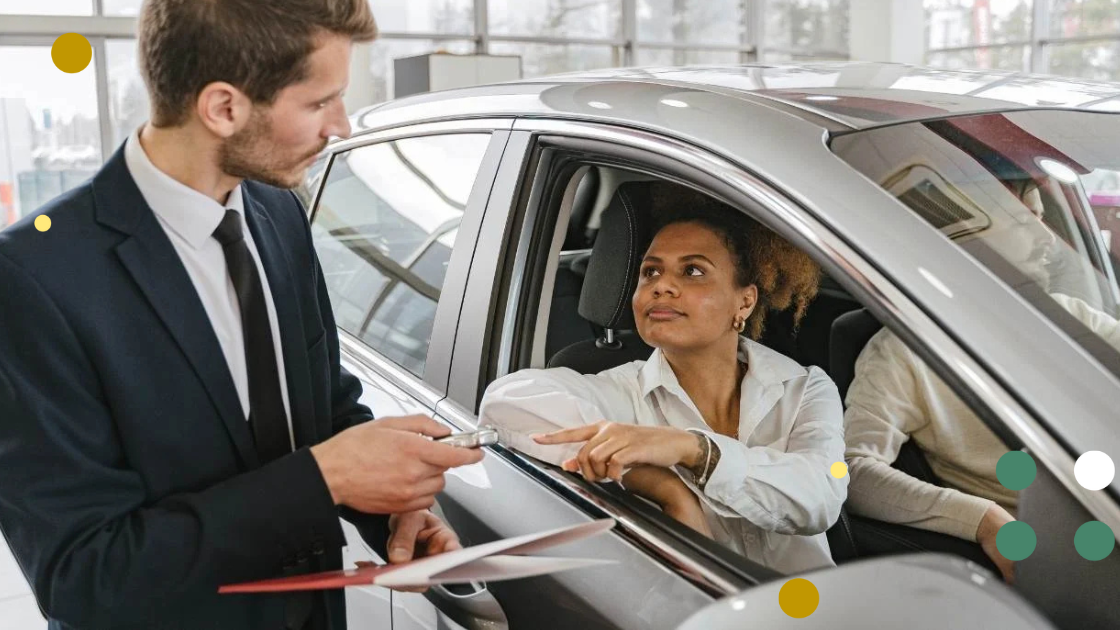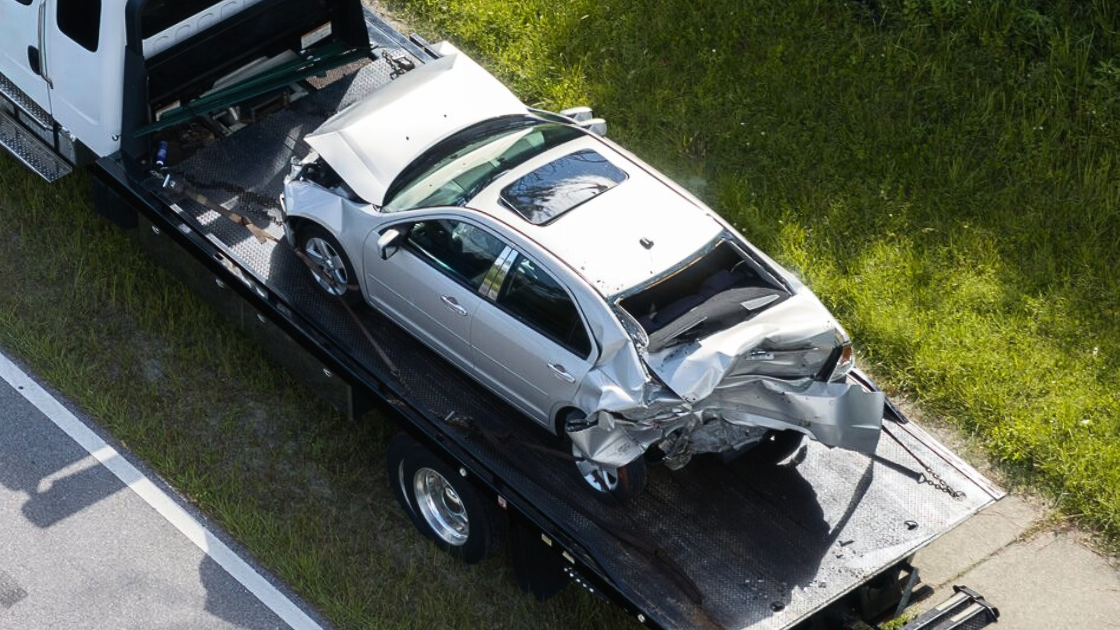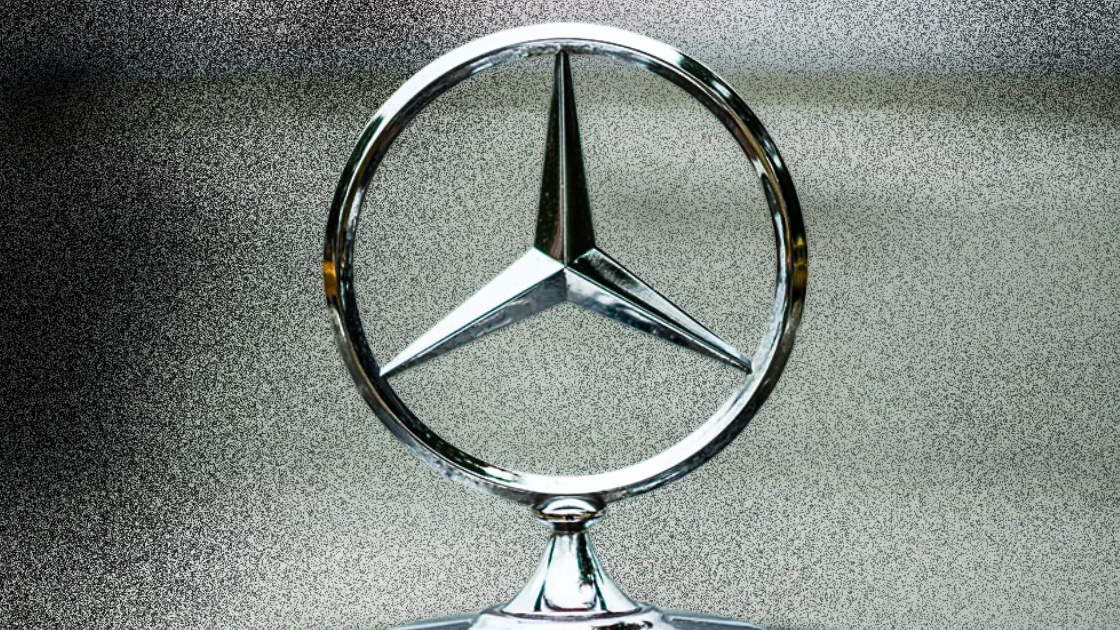
Welcome to another edition of the Car Dealership Guy Podcast Recap newsletter—the key lessons from top operators, founders, and execs shaping the future of auto retail.
Today’s guest is Alan Haig, President of Haig Partners.
We dig into why Q4 buy-sell activity is exploding, which franchises are becoming “must-own” (and which aren’t), and how rate cuts are reshaping buyer math.


M&A activity rebounded strongly after election uncertainty.
The first quarter of 2025 saw nearly half as many dealerships sold compared to 2024, as buyers hesitated during the presidential election cycle.
"After the election, we still have tons of noise...but dealership M&A is coming back strong. The number of dealerships that closed in the third quarter of this year, 148 stores closed."
If annualized, that pace approaches 600 stores for the year, nearly the highest transaction volume ever recorded in the industry.

Private buyers continue dominating dealership acquisitions.
While public companies made notable purchases in 2025, the vast majority of M&A activity remains driven by private dealers of all sizes.
"The large majority of M&A are private dealers. Private dealers include a guy with one store buying a second store or a guy with no stores buying his first store, all the way up to a private equity backed organization."
This tells us confidence in auto retail persists despite ongoing economic and geopolitical uncertainties affecting the broader market.

Buyers are valuing stores based on today's earnings, not historical averages.
Most buyers have stopped looking back to 2019 or averaging multiple years of inflated pandemic earnings when determining what to pay.
"We're still at twice the level of profits we were in 2019."
Current performance is what matters, and stores are still generating double the profits they made pre-pandemic, making today's earnings the new baseline.

Volkswagen Group brands are facing significant valuation pressure.
Audi, Volkswagen, and Porsche bet heavily on EVs while abandoning innovation on internal combustion engines, leaving dealers with expensive facilities and limited throughput.
"The Volkswagen Group had limited production in the United States...They just made the wrong bets. And I've had some dealer friends who tell me that Audi management insists on making all the decisions."
Audi stores have declined in value more than any other franchise in 2025, with many dealerships breaking even or losing money outright.
Presented by:
1. Equifax - Fund More Auto Loans, Faster. Auto loan applicants are 40% more likely to be funded when instantly verified by The Work Number. You can get the data you need to know your borrower better and make fast, smart decisions. Equifax provides instant, secure access to verified borrower identity, address, income, and employment information, helping you move deals forward quickly." Visit @ carguymedia.com/3Lplzue to learn more.
2. Amazon Autos - With Amazon Autos, your dealership can reach more buyers, drive more sales, and deliver a modern, more delightful car-buying experience. Learn more @ sell.amazon.com/programs/autos
3. Haig Partners - Since 2014, the Haig Report® has delivered expert analysis on dealership performance, market activity, and franchise valuations, offering a clear view of opportunities and challenges in automotive retail. Learn more in the full Q3 2025 Haig Report® by subscribing to receive it as soon as it’s released. Visit @ share.hsforms.com/1AEDx2iJDSsibryqbI1HyCgnr2vn

Toyota's flexible powertrain strategy created massive dealer value.
Toyota offered customers every option (EV, plug-in hybrid, hybrid, and gas), while competitors went all-in on electric, resulting in market share gains and near-record profitability.
"If you want an EV, we'll have that for you. If you want a plug-in hybrid, we'll have that for you. If you want a hybrid, we'll have that for you. And if you want a gas motor, we'll have that for you."
Toyota and Lexus stores are achieving profitability levels close to all-time highs, with blue sky multiples rising from five to over seven times earnings.

Korean brands are offering strong returns with dealer-friendly allocation policies.
Hyundai and Kia stores regularly generate $5 to $10 million in profits per location, with Kia earning a reputation for more equitable product allocation.
"Kia will absolutely give you lots and lots of product until you say enough. If you buy a Honda store or a Toyota store, you have to play in the turn-and-earn system."
These stores now trade at four to five times earnings, up from three to four a decade ago, a jump driven by improved profitability and market share gains.

Political geography is influencing dealership acquisition decisions for the first time.
Buyers are now explicitly requesting dealerships in red states, citing concerns about regulations and business climate in blue states.
"A decent number of them say, ‘I want to buy a dealership in a red state.’ I never remember hearing that description my whole life."
The elimination of CARB requirements nationwide has also restored California's appeal, with one remarketed deal receiving an offer 30% higher after CARB was removed.

Reducing broker business will strengthen dealer margins and relationships.
Manufacturers like Mercedes are implementing policies to limit brokerage transactions, which will improve profitability and customer data access for franchise dealers.
"If the OEMs can take actions to eliminate or reduce the broker business, that's going to be, I think, a very positive thing for the retailers in those communities."
Broker-heavy markets like Los Angeles, Miami, and the Northeast have seen dealers sell significant volume at lower margins without building lasting customer relationships.

General Motors and Ford stores offer strong value plays for strategic buyers.
GM stores sell between three and five times earnings with stable operations and strong fixed ops, making them attractive for buyers focused on return on investment.
"We did some math about the very positive return on capital for Ford stores or General Motors stores, buying neighboring stores and closing them down."
Even using conservative assumptions and losing half to two-thirds of the customer base, buyers can pick up gross profit with minimal incremental expenses.

Stellantis and Nissan are showing growth after extended declines.
Both brands posted positive sales growth in the third quarter for the first time in multiple quarters, providing some relief to struggling dealers.
"I spoke with a large dealer yesterday that has a Nissan store and he's selling quite a lot of Nissans, but they have these stair-step games that are going on. So he might sell a lot of cars and make no money."
The challenge now is that declining sales over recent years may create a lagging negative impact on fixed operations as fewer units remain in operation.













